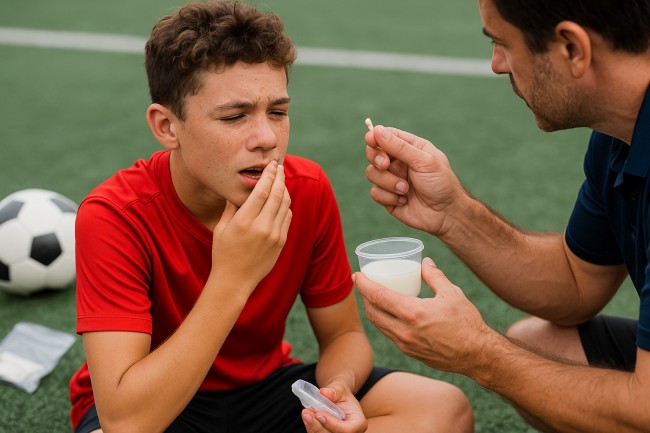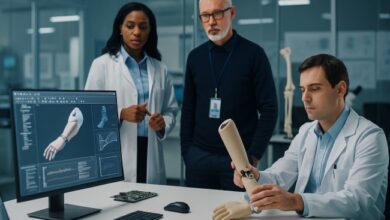What to Do If You Suffer a Dental Injury During Sports

Engaging in sports is a fantastic way to stay active and healthy, but it comes with a risk of injury. While we often think of sprained ankles or bruised shins, dental injuries are surprisingly common. A sudden impact from a ball, an accidental elbow, or a fall can lead to chipped, loosened, or even knocked-out teeth. Knowing how to react in the crucial moments following a dental injury can make a significant difference in saving the tooth and preventing long-term complications.
Immediate Steps to Take After a Dental Injury
Your first response to a dental emergency on the field or court is critical. Stay as calm as possible and act quickly by following these steps for common types of injuries.
For a Knocked-Out Tooth
This is one of the most serious dental emergencies, but with swift action, the tooth can often be successfully replanted.
- Handle the Tooth with Care: Pick up the tooth by the crown (the chewing surface), not the root. Touching the root can damage the delicate cells needed for reattachment.
- Clean the Tooth Gently: If the tooth is dirty, rinse it briefly with milk or a saline solution. Do not use tap water, soap, or scrub it.
- Attempt to Reinsert It: If possible, gently push the tooth back into its socket. Hold it in place by biting down softly on a piece of gauze or a clean cloth.
- Keep the Tooth Moist: If you cannot reinsert the tooth, it is vital to keep it moist. Place it in a small container of milk or an emergency tooth preservation solution. Saliva can also work if no other option is available; have the person hold the tooth in their cheek.
- See a Dentist Immediately: Time is of the essence. You have the best chance of saving the tooth if you can see a dentist within 30 to 60 minutes of the injury.
For a Chipped or Fractured Tooth
Even a small chip can have sharp edges that irritate your tongue or cheek, and larger fractures can expose the tooth’s sensitive inner layers.
- Rinse Your Mouth: Use warm water to clean the area.
- Collect Any Fragments: If you can find the broken pieces of the tooth, save them and bring them with you to the dentist.
- Manage Pain and Swelling: Apply a cold compress to the outside of your mouth or cheek to reduce swelling.
- Seek Dental Care Promptly: A dentist will need to assess the damage to determine if a simple filling, bonding, or a crown is necessary to repair the tooth.
For a Dislodged or Loose Tooth
An impact can push a tooth out of its proper position without knocking it out completely.
- Gently Reposition: Try to carefully move the tooth back into its correct alignment using very light finger pressure. Do not force it.
- Stabilize the Tooth: Bite down gently to keep the tooth from moving.
- Contact Your Dentist: A dislodged tooth requires urgent professional attention. The dentist will need to stabilize it to allow the surrounding tissues to heal.
When to Seek Professional Dental Care
All dental injuries require a follow-up with a dentist, but some situations demand immediate emergency care. Head to a dentist or emergency room if you experience severe pain, uncontrolled bleeding, or signs of a jaw fracture. Even if the injury seems minor, a professional evaluation is necessary to check for underlying damage that is not visible. An untreated injury can lead to infection, nerve damage, or tooth loss. In cases where a tooth cannot be saved, a dentist can discuss options like a dental implant or bridge. For those in need of a permanent solution, exploring options for teeth replacement in West Seneca NY can restore both function and appearance.
The Best Offense is a Good Defense: Prevention
The most effective way to handle a dental injury is to prevent it from happening. Wearing a custom-fitted mouthguard is the single best piece of equipment for protecting your smile during any sport that involves potential contact or falls. These devices absorb and distribute the force of an impact, dramatically reducing the risk of serious dental trauma.
By understanding these immediate actions and prioritizing prevention, athletes can continue to enjoy their sports while keeping their smiles safe and healthy.



